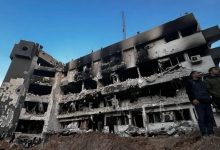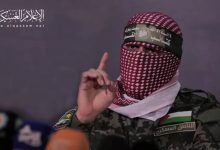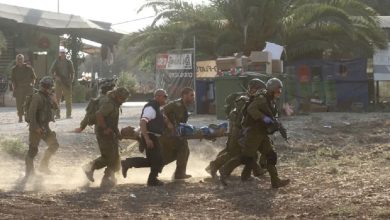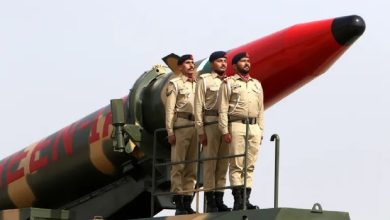Gaza War Analysis: Brigadier General Fayez Al-Duweiri Assesses Military Developments and Failures

Watan-The military expert, Brigadier General “Fayez Al-Duweiri,” summarized the developments of the war waged by the Israeli occupation forces on the Gaza Strip and the military achievements over the past hundred days. He noted that the Israeli army has failed to achieve any of its military objectives during this period.
Al-Duweiri, in his analysis on Al-Jazeera channel, standing in front of a map showing conflict points between the resistance and the occupation army, explained that the Israeli army deployed three brigades to deal with the northern sector.
He added that the attack began from multiple directions but focused on two main efforts and two secondary efforts. The main effort in the north was concentrated on the Rashid Street, with the occupation reinforcing the attack towards Beit Lahia and another supporting attack towards Beit Hanoun.
How are the results of the Gaza battle measured?
Fayez Al-Duweiri continued to state that the second main effort entered from “Wadi Gaza” in the central region, the valley separating the north and south. He clarified that the occupation aimed for a dual maneuver, choosing the worst-case scenario.
The Jordanian general emphasized that the results of battles are measured by the extent to which declared military objectives are achieved. The Israeli army stated that its war on the sector aimed to eliminate the Islamic Resistance Movement (Hamas), destroy its combat capabilities, and retrieve hostages, all of which it has not accomplished yet.
In this context, Al-Duweiri added that Hamas remains organized, and its military capabilities are still intact. After 100 days of aggression and destruction, the Israeli army has not been able to rescue any of its captives except through negotiations, while some of them were killed either through bombardment or direct targeting.
The strategic expert from Jordan further explained that the occupation entered from Gaza Street, reached Rashid Street, turned north towards Sheikh Ajleen, Tal Al-Hawa, and Al-Rumal, with the goal of reaching the Shifa Complex.
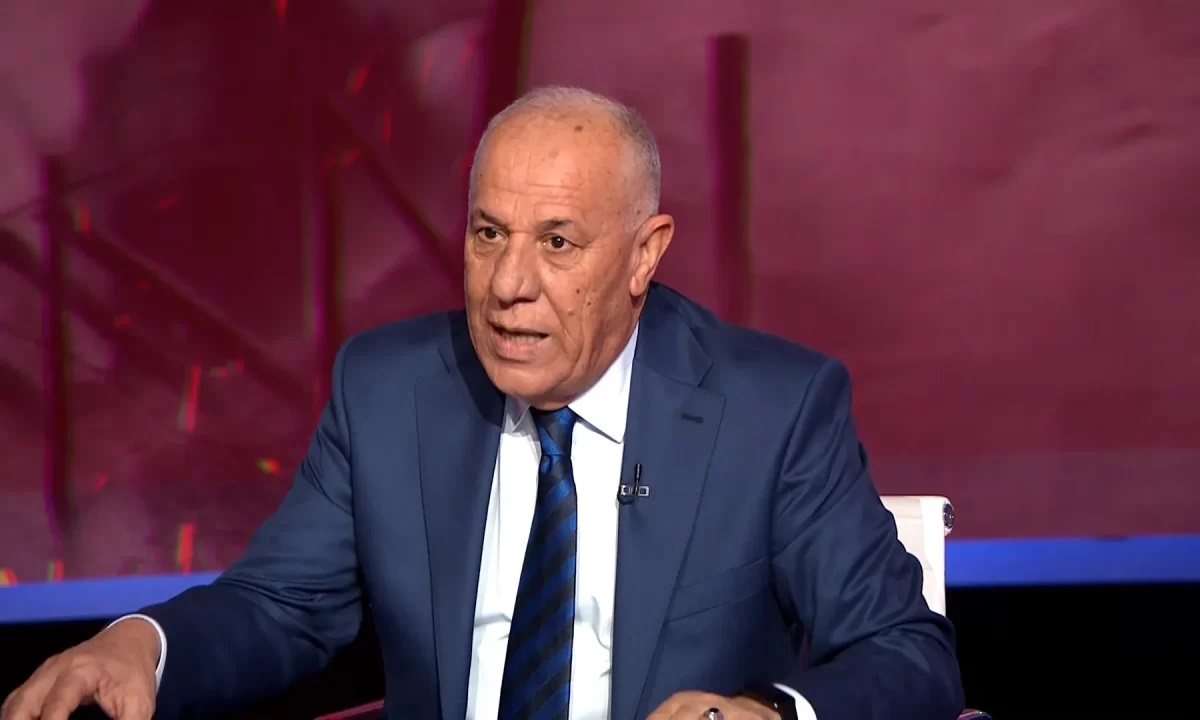
He added that the Shati Camp constituted a fortified area on this route, so the occupation turned eastward, entered the “Tawaam” and “Karama Towers” areas, reaching what is called Victory Street. These forces, according to him, managed to advance through the side streets to the area of the hospital complex.
Regarding the highlights of the battle in the north, Al-Duweiri pointed out that the battles took place in built-up areas, resulting in significant losses for the occupation army, forcing it to stop.
As for the defending forces of the resistance, the battle represented three dimensions: “containment and defense forces,” “action forces from point-blank range,” and “forces acting behind enemy lines.”
Meanwhile, the battles in the south, after the ceasefire, were more intense and widespread, where the occupation deployed new forces but collided with a new combat reality.
Windbreaker System
Al-Duweiri mentioned that after the occupation army encountered qualitative resistance in the north, it shifted its operations in the south towards Khan Yunis, deploying three brigades or eight divisions in the area, and the battle is still ongoing.
The occupation was surprised by the resistance’s ability to destroy the fortified Namer armored personnel carriers, known for their fortification, and their use of the windbreaker system. The latest of these operations took place in the Khan Yunis area yesterday, where a video from the Al-Qassam Brigades, the armed wing of Hamas, showed the destruction of one of these carriers.
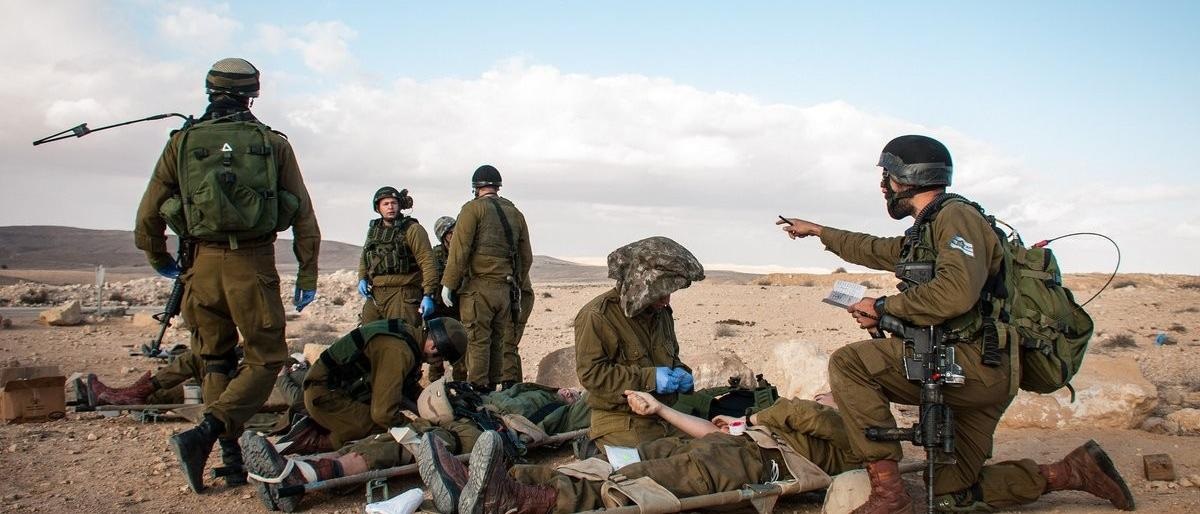
Regarding the prominent weapons used by the occupation forces and the Palestinian resistance in the war, Brigadier General Fayez Al-Duweiri pointed to the Merkava tank in its third and fourth generations, with its advanced capabilities.
As for the possibility of continuity for both parties, the Israeli army and the Palestinian resistance, Al-Duweiri stated that the Israeli army has the ability to continue due to the Western support it receives. On the other hand, based on field data, the resistance is still capable of continuing and successfully managing the battle.

